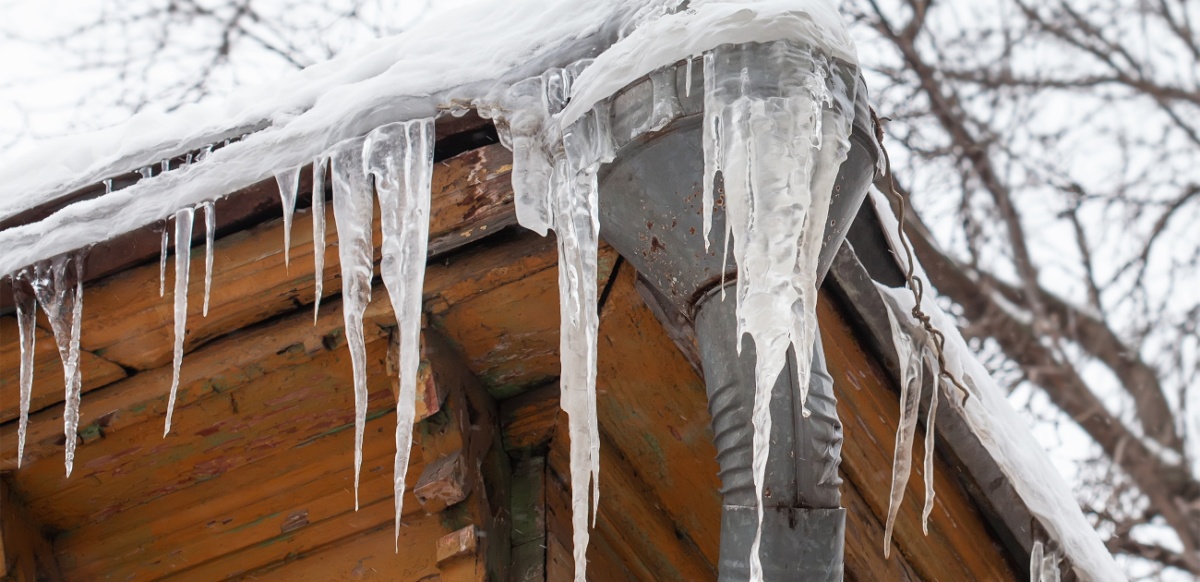On this page below you will discover a lot of high-quality resources all about How to Prevent Your Pipes From Freezing.

Cold weather can damage your pipes, especially by freezing pipelines. Here's how to stop it from taking place and what to do if it does.
Intro
As temperatures drop, the danger of icy pipes boosts, possibly resulting in pricey fixings and water damages. Comprehending exactly how to stop frozen pipes is vital for property owners in cool environments.
Understanding Frozen Pipelines
What causes pipelines to freeze?
Pipes ice up when exposed to temperature levels below 32 ° F (0 ° C) for prolonged durations. As water inside the pipes freezes, it increases, putting pressure on the pipe wall surfaces and possibly causing them to break.
Dangers and damages
Frozen pipelines can lead to supply of water disruptions, residential or commercial property damage, and pricey fixings. Burst pipelines can flooding homes and trigger extensive architectural damage.
Signs of Frozen Pipes
Identifying frozen pipelines early can avoid them from breaking.
Exactly how to recognize icy pipes
Seek reduced water flow from faucets, uncommon odors or sounds from pipes, and visible frost on subjected pipes.
Avoidance Tips
Shielding vulnerable pipes
Wrap pipes in insulation sleeves or utilize heat tape to shield them from freezing temperature levels. Focus on pipelines in unheated or outside areas of the home.
Home heating methods
Keep interior spaces appropriately heated up, specifically areas with pipes. Open up cabinet doors to enable cozy air to distribute around pipes under sinks.
Shielding Outside Pipes
Yard tubes and outdoor faucets
Disconnect and drain pipes garden hoses before winter months. Set up frost-proof spigots or cover exterior taps with shielded caps.
What to Do If Your Pipelines Freeze
Immediate actions to take
If you believe frozen pipelines, keep faucets open up to ease pressure as the ice melts. Make use of a hairdryer or towels taken in warm water to thaw pipes slowly.
Long-Term Solutions
Structural changes
Think about rerouting pipelines far from outside walls or unheated areas. Add extra insulation to attics, basements, and crawl spaces.
Updating insulation
Invest in top quality insulation for pipes, attics, and walls. Appropriate insulation helps keep constant temperatures and lowers the threat of icy pipelines.
Final thought
Stopping frozen pipelines calls for positive procedures and quick responses. By comprehending the reasons, indications, and preventive measures, house owners can secure their pipes during cold weather.
5 Ways to Prevent Frozen Pipes
Drain Outdoor Faucets and Disconnect Hoses
First, close the shut-off valve that controls the flow of water in the pipe to your outdoor faucet. Then, head outside to disconnect and drain your hose and open the outdoor faucet to allow the water to completely drain out of the line. Turn off the faucet when done. Finally, head back to the shut-off valve and drain the remaining water inside the pipe into a bucket or container. Additionally, if you have a home irrigation system, you should consider hiring an expert to clear the system of water each year.
Insulate Pipes
One of the best and most cost-effective methods for preventing frozen water pipes is to wrap your pipes with insulation. This is especially important for areas in your home that aren’t exposed to heat, such as an attic. We suggest using foam sleeves, which can typically be found at your local hardware store.
Keep Heat Running at 65
Your pipes are located inside your walls, and the temperature there is much colder than the rest of the house. To prevent your pipes from freezing, The Insurance Information Institute suggests that you keep your home heated to at least 65 degrees, even when traveling. You may want to invest in smart devices that can keep an eye on the temperature in your home while you’re away.
Leave Water Dripping
Moving water — even a small trickle — can prevent ice from forming inside your pipes. When freezing temps are imminent, start a drip of water from all faucets that serve exposed pipes. Leaving a few faucets running will also help relieve pressure inside the pipes and help prevent a rupture if the water inside freezes.
Open Cupboard Doors
Warm your kitchen and bathroom pipes by opening cupboards and vanities. You should also leave your interior doors ajar to help warm air circulate evenly throughout your home.

I was brought to that article on Helpful Tips to Prevent Frozen Pipes this Winter through an associate on our other domain. Sharing is nice. You just don't know, you could be helping someone out. I treasure reading our article about Helpful Tips to Prevent Frozen Pipes this Winter.
Further Details